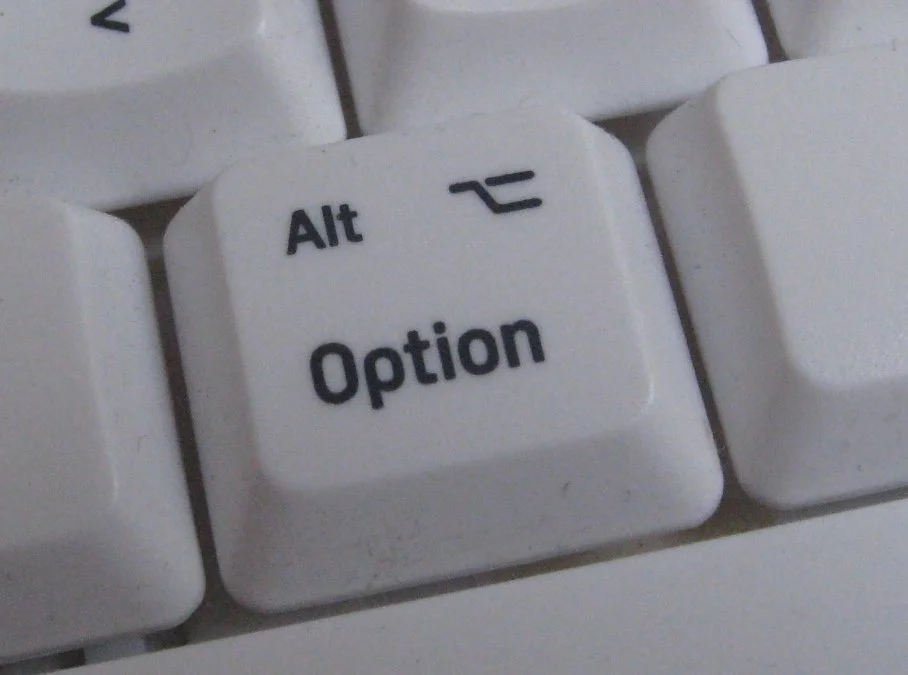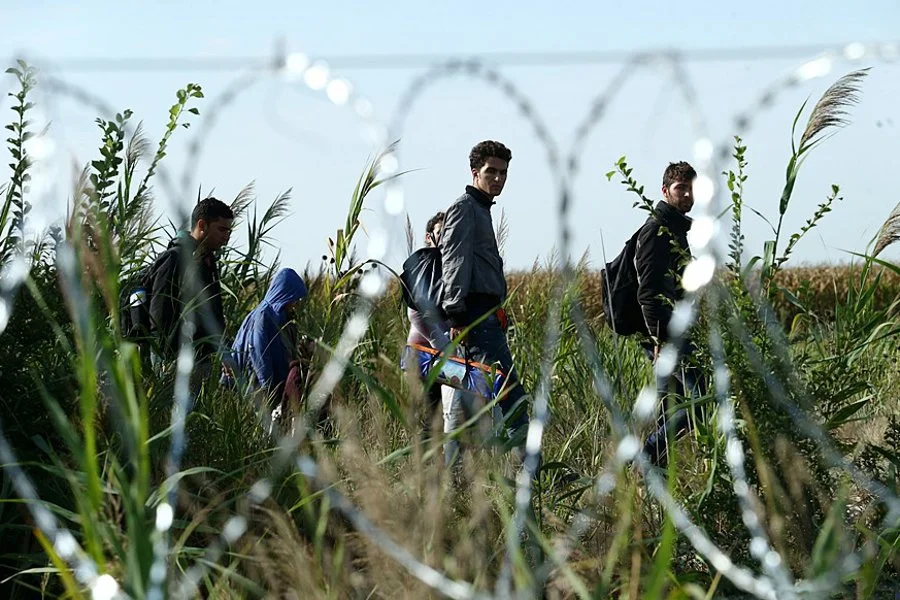The Third Option: Crowdfunding and the Future of Covert Action
The skies of Ukraine were still dark when the first cruise missiles landed, punctuating the night with flashes of light and thunderous roars. Russian ground combat forces soon followed, spilling across the border in a multi-pronged offensive aimed at rapidly closing, isolating, and destroying pockets of Ukrainian forces before an effective defence could be mounted. With dawn breaking over Kyiv, Hostomel Airport, located in a suburb to the northwest of the city, became the site of a pitched battle between members of the Ukrainian National Guard and Russian airborne troops; reinforced by volunteer militias as well as special operators from the 3rd Special Purpose Regiment. Ukrainian forces, however, succeeded in halting Russian attempts at establishing an airbridge into the capital. Western estimates predicting the collapse of the Ukrainian armed forces and the fall of Kyiv within ‘a matter of hours’ had been proven wrong.
Eight months into the outbreak of the largest conflict in Europe since the end of the Second World War, Ukraine has experienced an unprecedented level of military, political, and economic mobilisation. In addition to drawing on its expansive reserve forces and calling on foreign citizens to join a nascent International Legion, Ukraine has also relied upon a vast civilian infrastructure to support the ongoing war effort. These volunteer organisations have played pivotal roles in the conflict, filling vital capability gaps and easing the strain on government resources: civilians have joined volunteer ambulance corps, sourced specialist equipment such as thermal optics, and even organised the delivery of 3D-printers to manufacture key components for an ever-expanding fleet of military drones. Central to this has been the success of Ukrainian crowdfunding efforts, with the country amassing a total of more than $100 million through cryptocurrencies and a central bank link less than a month after the Russian invasion began. External economic support for the belligerents of conflicts is far from a novel development; however, the technological advancements and rise of international crowdfunding now allows audiences, regardless of geographic distance, to support the fight with greater ease and rapidity than ever before. Beyond the ramifications in the case of Ukraine, the advent of digital crowdfunding also introduces new possibilities for governments seeking to effect foreign policy in sensitive, hostile, or otherwise denied environments.
There are few concepts in the realm of international politics as maligned or subject to misinterpretation as ‘covert action’. American in origin, the term ‘covert action’ refers to ‘activities’ carried out with the aim of influencing ‘political, economic, or military conditions abroad’ and ensuring official government involvement ‘is not apparent or acknowledged publicly’. In other words, covert action constitutes a third option available to policymakers when traditional diplomatic sanctions are insufficient and conventional military means inappropriate. These activities vary in scope and sophistication but can typically be broken down into three general categories: propaganda operations disseminating information designed to influence a foreign audience’s opinions and behaviour; political action targeting the political process of another state; and paramilitary programs employing armed personnel and specialised military means to directly influence the events in a target nation.
In the case of the United States, the Central Intelligence Agency possesses exclusive authority for the conduct of covert action in peacetime unless the President determines another entity is more likely to achieve a specific objective. The emphasis on counterterrorism in the aftermath of September 11th propelled covert action, and paramilitary operations in particular, to the forefront of the CIA’s mission set. Douglas London, a 34-year veteran of the CIA’s Directorate of Operations, asserted that officers who favoured ‘the paramilitary options’ rose far more quickly than ‘traditional foreign intelligence collectors’ and, as a result, began to ‘very much start to shape the agency’. As the US government shifts towards great power competition, as evidenced by the formation of a dedicated China Mission Centre within the CIA, covert action will remain a fundamental responsibility of the national intelligence community. It is also undeniable, however, that its characteristics and methods will similarly evolve. No longer will covert action be synonymous with small teams of paramilitary officers fighting alongside host-nation counterterrorism units and American special operators in the mountains of Afghanistan; instead, covert action may now be dominated by non-kinetic actions aimed at indirectly influencing the political, social, and economic conditions of hostile states.
The rise of crowdfunding offers one potential avenue in the evolution of covert action. Imagine, for instance, a state embroiled in conflict and dominated by an authoritarian government who maintains rigid control over the information environment. In this context, crowdfunding offers several possibilities for influencing the internal conditions of the state. A crowdfunding effort established through external proxies could provide funds for cameras, communications equipment, and media literacy training for activists within target states as well as the diaspora. Individuals living in politically sensitive or denied environments could, thereby, be capable of collecting and disseminating information, such as evidence of atrocities, which directly contradict regime narratives. Crowdfunding could also be employed in a broader political action campaign, providing opposition groups with the financial resources to more robustly challenge dominant parties, spread their message through physical or digital media, and afford legal as well as public relations expertise from external sources. Finally, crowdfunding can also be envisaged as part of a covert paramilitary program, allowing for the provision of specialist military and non-standard equipment to groups seeking to pose an armed challenge to the authority of a hostile state.
In all of these cases, crowdfunding constitutes not the entirety of a covert action effort but an additional component offering a complementary layer of deniability, with funds collected by an external proxy holding no clear connection to a specific state. Perhaps most importantly, however, the use of crowdfunding as part of a broader covert action programme ensures that efforts on the ground - whether aimed at shaping the information, political, or military realities within a target state – are conducted entirely through organisations, oftentimes of a civilian and volunteer nature, within a target state. As the case study of Ukraine has demonstrated, such organisations can be among the most trusted institutions within denied environments, thus ensuring that a covert action effort retains an additional degree of legitimacy within the local populace. Such efforts are, undoubtedly, politically sensitive, but countering the rising influence of rival powers requires a willingness to both assume risk and think creatively. Crowdfunding, thus, offers the potential of serving as a unique asset within the covert action toolbox, providing leaders with new courses of action when a ‘third option’ is required in foreign policy.
Image courtesy of Gerolsteiner91 via Wikimedia, ©2008, some rights reserved.
The views and opinions expressed in this article are those of the author and do not necessarily reflect those of the wider St. Andrews Foreign Affairs Review team.



